Spatial
GHDWoodhead creativespaces 14 studio pasifika Whangārei Maori Land Court
-
Pou Auaha / Creative Director
Colette McCartney
-
Ringatoi Matua / Design Director
Colette McCartney
-
Ngā Kaimahi / Team Members
Steven Wang, Ayush Prasad, Gordon Grant, So'o Fagamalo -
Kaitautoko / Contributors
Carin Wilson, David Hayes, Paul Yovich -
Client
Ministry of Justice

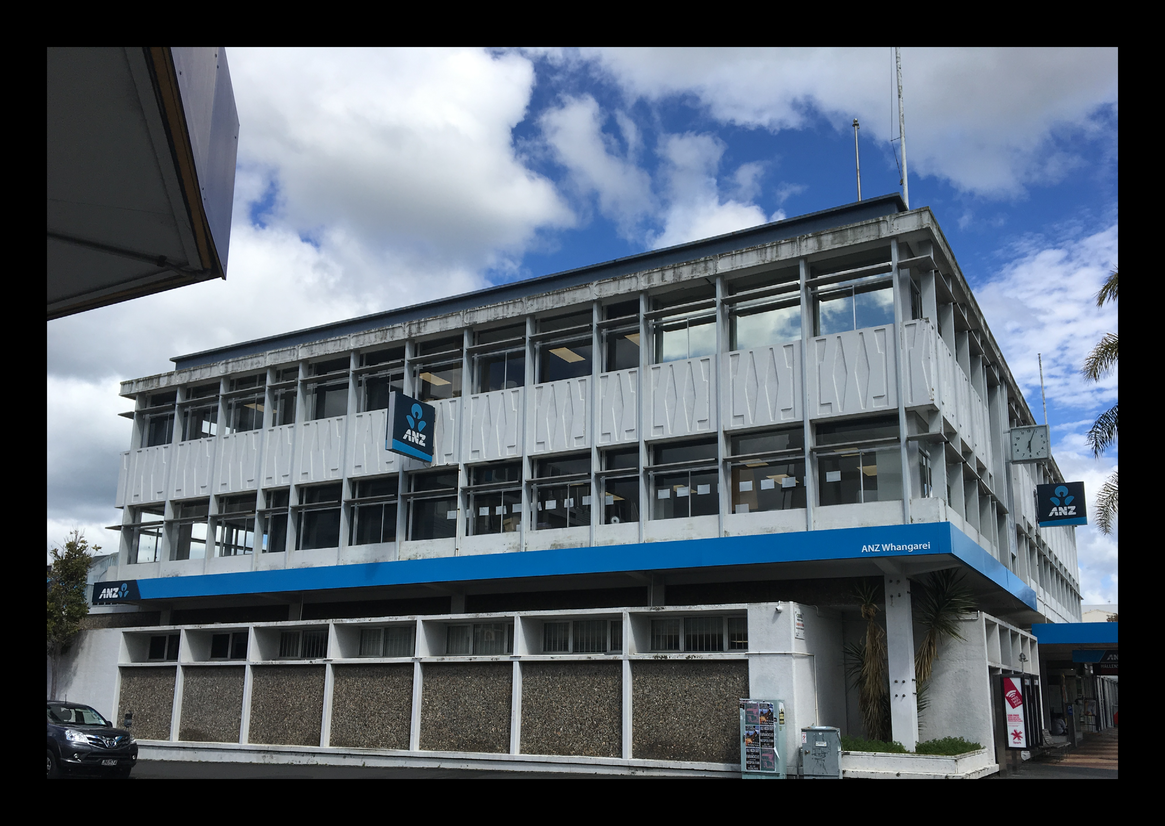
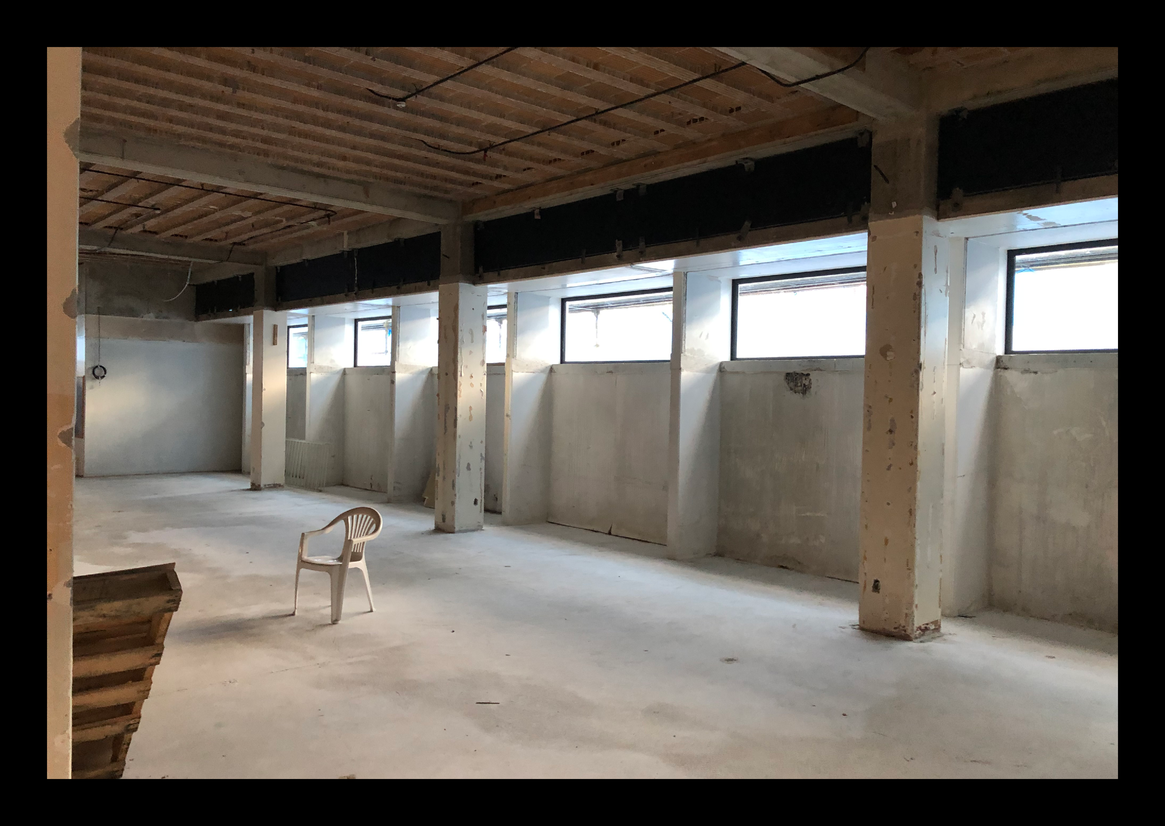
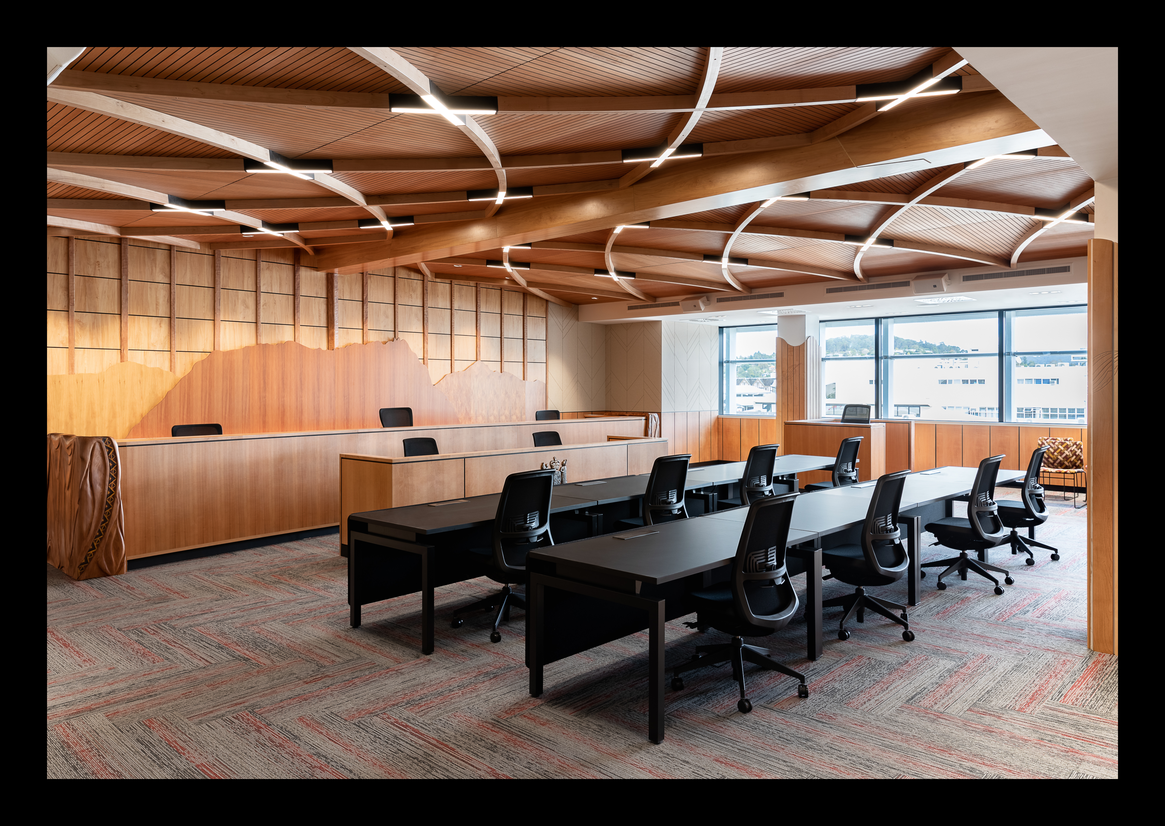
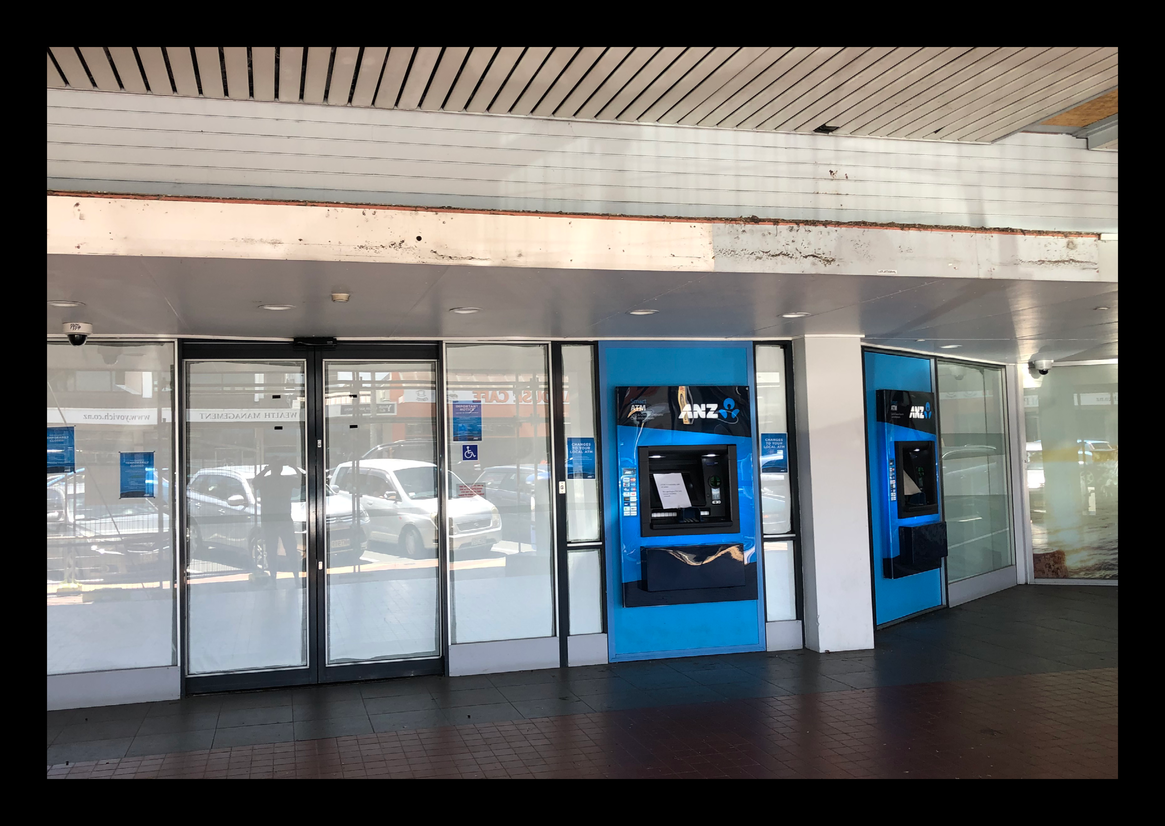
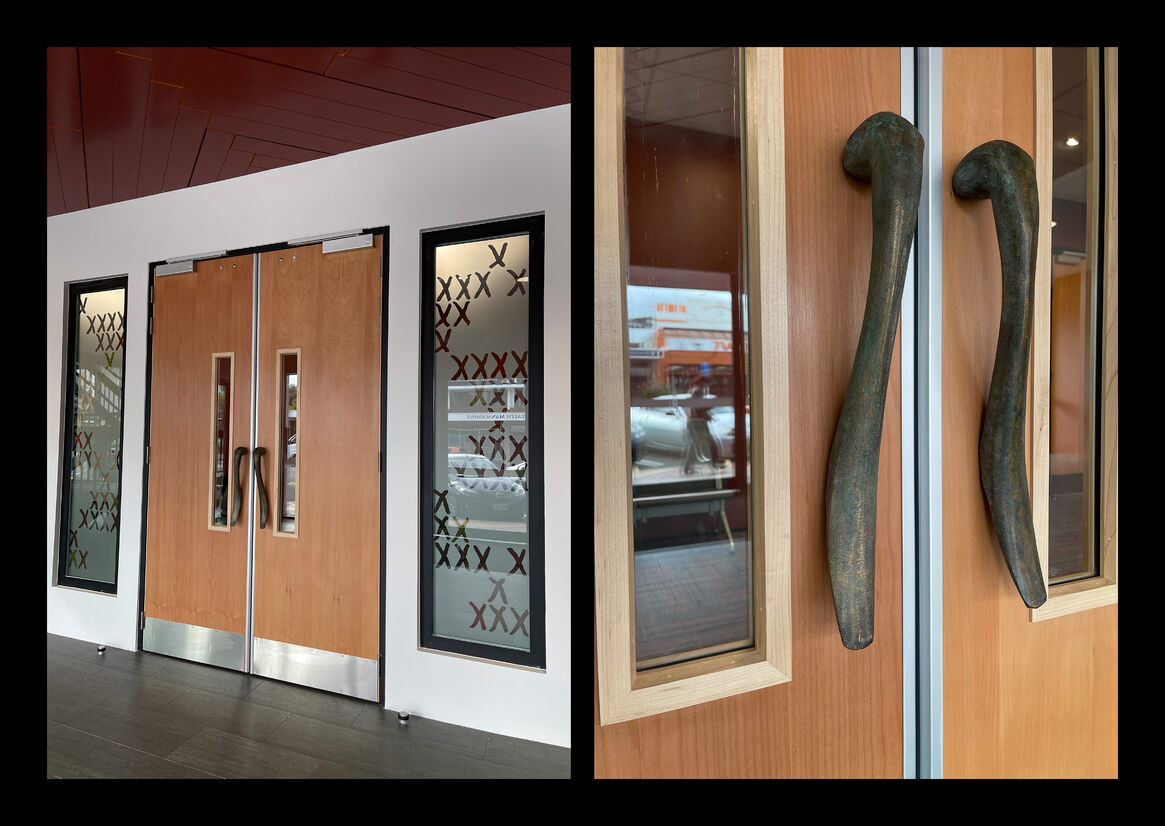
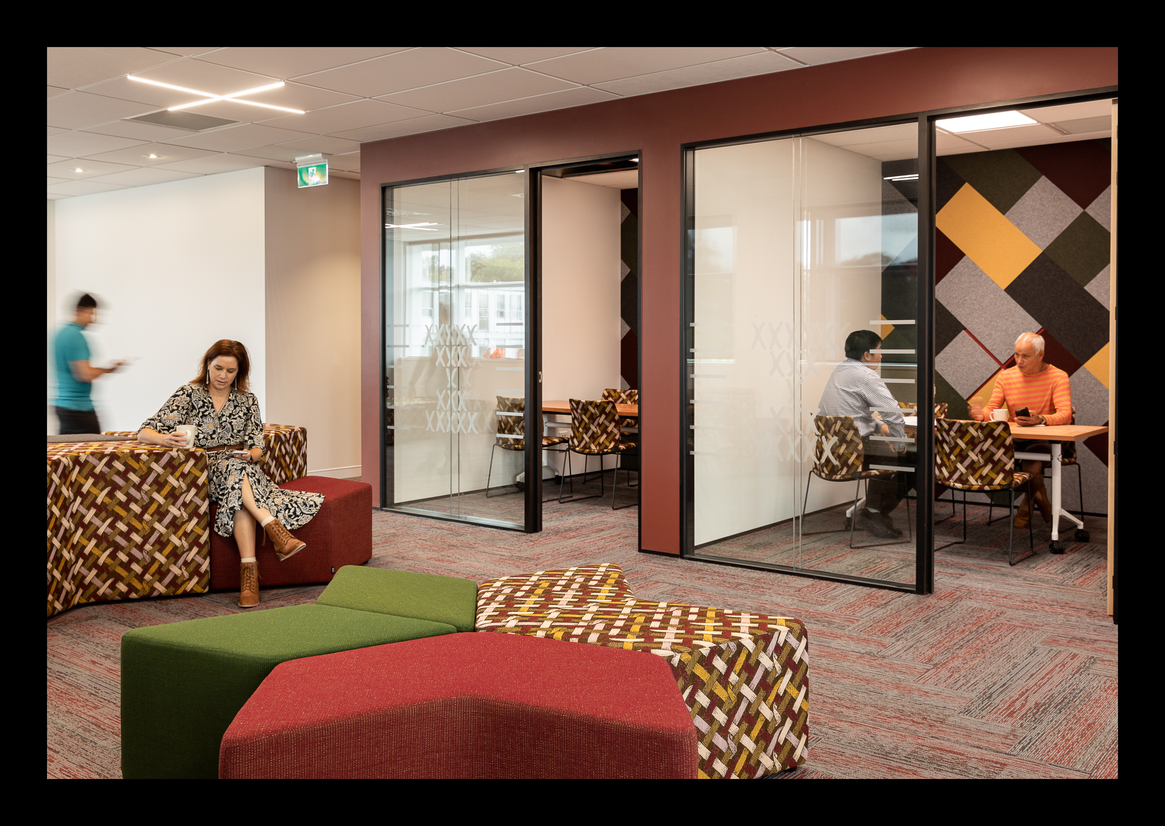
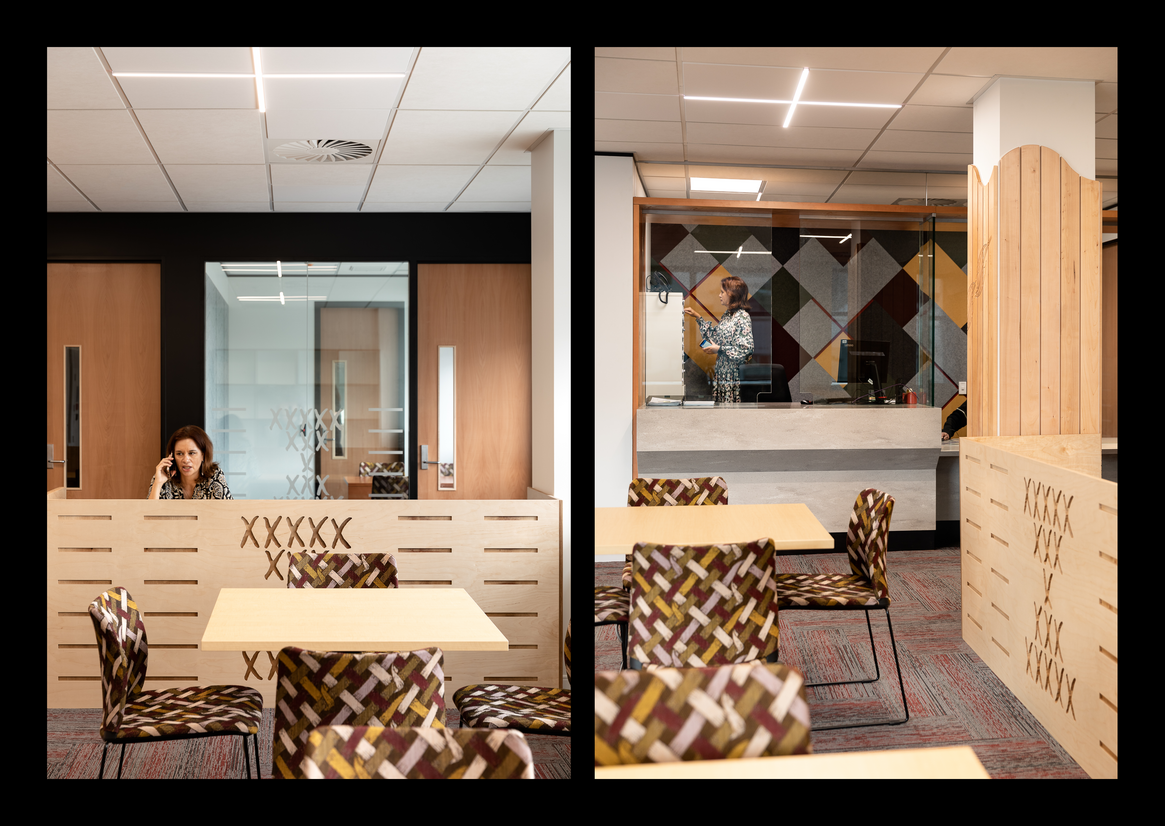
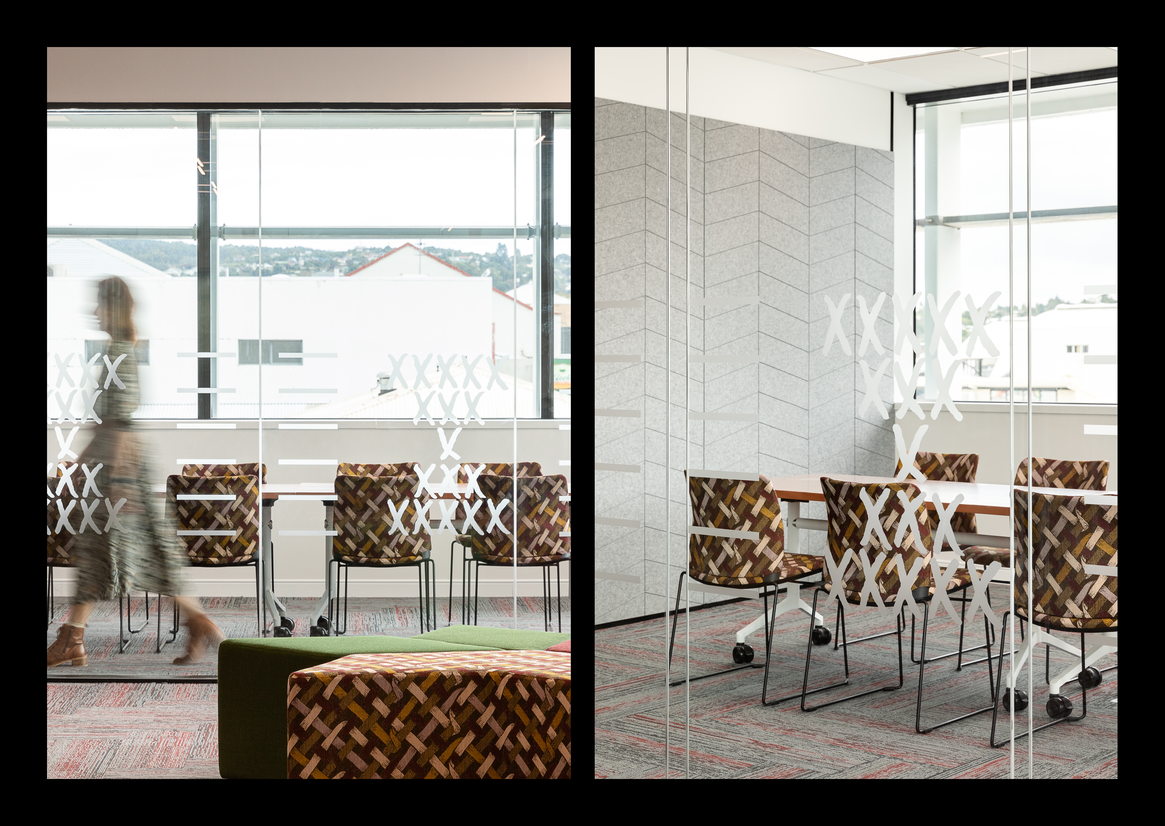
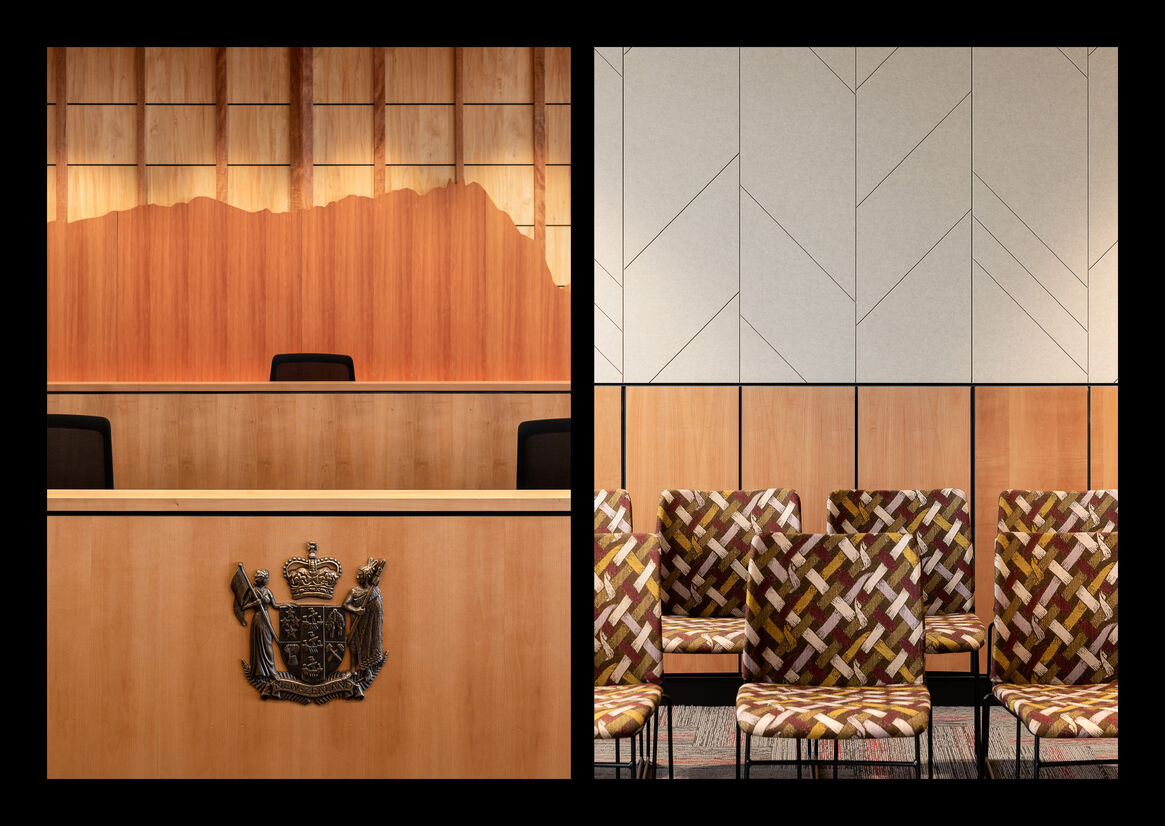
Description:
The Whangārei Māori Land Court is one of nine regional courtrooms of its kind throughout Aotearoa. Part of the Ministry of Justice, the Court provides a judicial forum for decisions relating to Te Ture Whenua Māori Act 1993 – the Act which recognises the significance of Māori land as a taonga tuku iho of special significance to the Māori people.
Following a decision to relocate the Whangarei Court to new premises, The Ministry of Justice selected a multi-disciplinary design team to deliver the design of the new facility. As project architect and engineer for the new Whangarei Māori Land Court, our team drew on its previous experience in courthouse design.
The existing site prior to the substantial renovation and upgrade was an ANZ retail tenancy with tired multi-tenant office accommodation, and substandard mechanical services, lighting and interior finishes on upper floors.
The design team worked with the client and the Landlord in collaboration to modify the building to accommodate high quality open plan office accommodation for the new single tenant of MOJ and a functional and coordinated, welcoming public space and courtroom. The main entrance was altered to accommodate a new shopfront entry and wind lobby. Additional facilities included a Judicial lift and stair, records storage, a new social hub and end of trip facilities for staff.
In providing the brief, Ministry of Justice emphasised its desire for a place that would feel welcoming and calm while also respecting the cultural importance of the Court. The client had already consulted with Court staff and relayed a clear directive from them that Te Aranga Principles should be central to the design process.
While existing general principles for courthouse design exist, the client was also receptive to new ideas around how these might be reinterpreted to improve the function of the space.
The resulting design response included a strong emphasis on reflecting the Mana of the Court, as well as the Te Aranga principles of Mahi Toi and Ahi Kā. This was achieved through carefully considered integration of traditional Māori design elements, overlaid in a manner that was both beautiful and functional.
To ensure an immersive, positive experience for all users, key design elements were made consistent across every space – from the public lobby and hearing rooms to staff-only areas.
Traditional Māori weaving patterns provided the inspiration for many of these design features which, together, created a richly layered experience.
A range of custom-designed and made materials was used throughout the spaces to achieve the design intent. These included multi-coloured Autex acoustic panels with an interwoven placement and a bespoke carpet design that was laid in a herringbone pattern.
Throughout the fitout, small details such as the glazing film and routered ply wall panels, were added to enhance depth and interest. In addition to these finishes, the use of custom-created fabric on seating throughout the public areas added another dimension to the design.